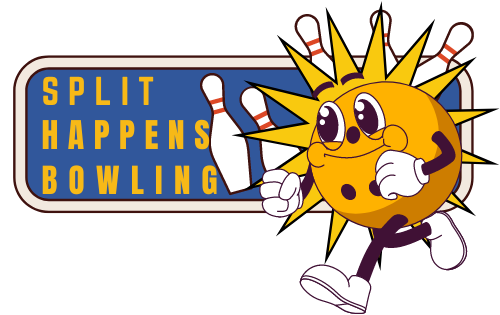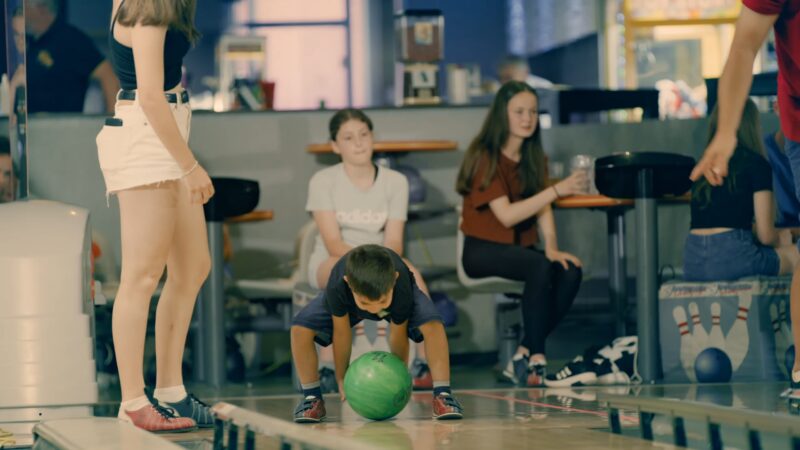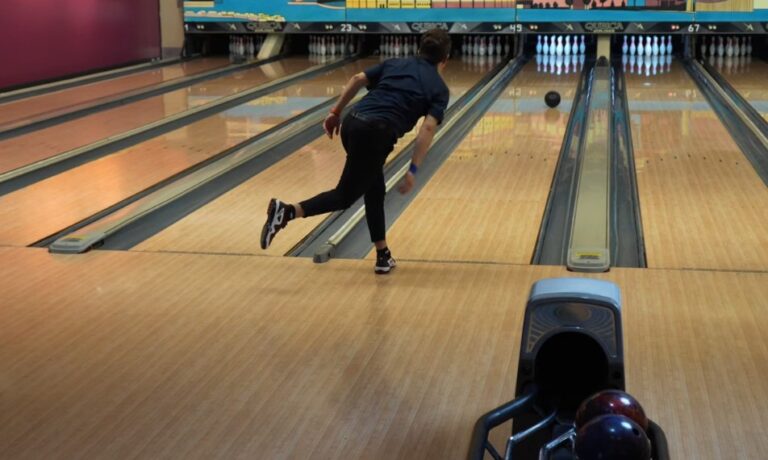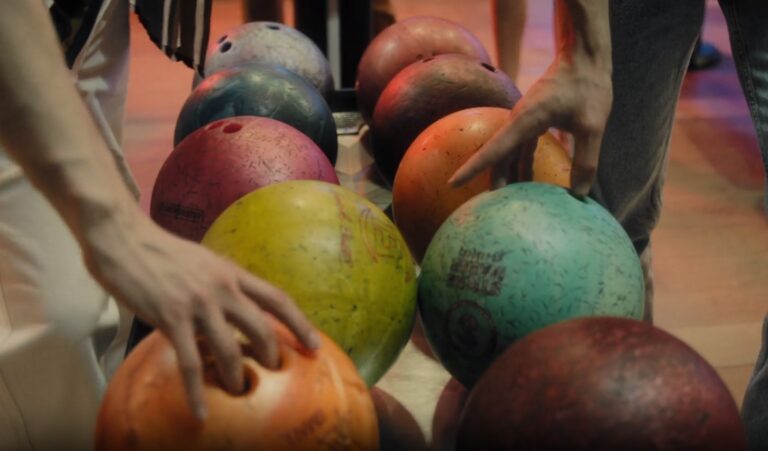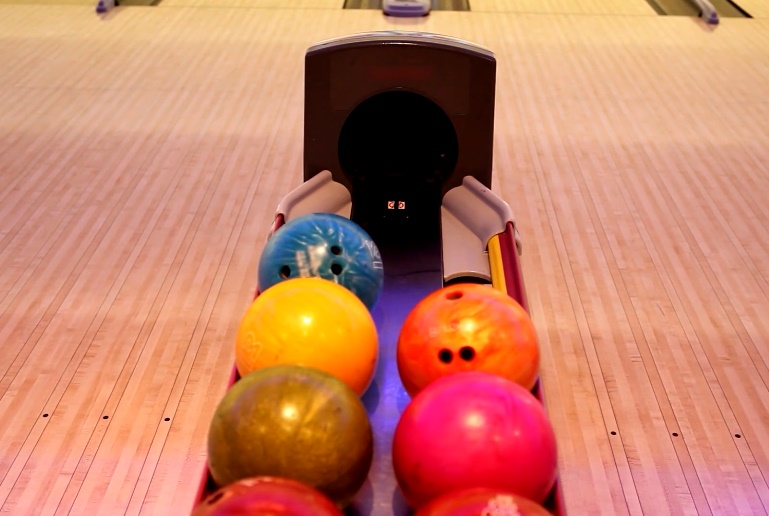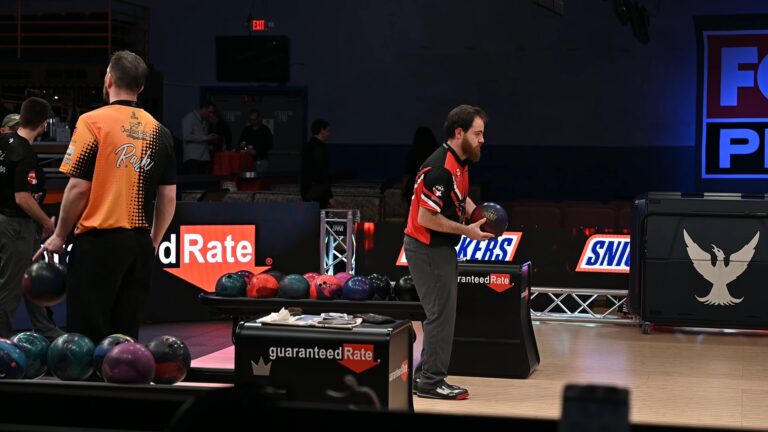Bowling is great fun! You can play with friends, family, or on your own, regardless of your skill level.
But how do you measure your performance? How do your scores compare to others in your age group?
I’ll help you understand what a good bowling score looks like for different age groups.
| Age Group | Score Range |
|---|---|
| Kids Under 10 | 20-70 |
| Pre-Teens | 70-120 |
| Teens | 120-190 |
| Young Adults | 170-220 (20-30) |
| Mature Adults | 120-150 |
Kids Under 10
- Scores Range: 20-70
- Tips: Use bumpers and light balls
For young kids under 10, bowling is all about having fun and getting a feel for the game.
Lighter balls and bumpers, which prevent the ball from going into the gutters, help keep the game enjoyable.
Scores can vary widely as kids are just starting to develop their coordination and strength.
Pre-Teens

- Scores Range: 70-120
- Focus: Learning to score spares
As kids hit the pre-teen years, their average scores start to climb.
This age is perfect for focusing on technique, especially learning how to consistently score spares.
It’s an exciting time as they start to see their scores improve with practice.
- Scores Range: 120-190
- Key: Regular practice
Teenagers, with their increasing strength and refining skills, can achieve impressive scores.
Regular visits to the bowling alley and a focus on technique can see them scoring in the high 100s.
It’s a great age to start taking the game a bit more seriously if they’re interested.
Young Adults

- Ages 20-30: Scores between 170-220
- Ages 31-50: Expect 200-250
In their 20s and 30s, bowlers hit their physical peak. Those who keep refining their skills and strategies can see their scores soar
It’s also the age group where many bowlers achieve their lifetime best scores.
Mature Adults

- Ages 50+: Casual bowlers average 120-150, while regulars can maintain around 200
As bowlers enter their 50s and beyond, scores might dip a bit for casual players.
However, those who stay active in the sport and maintain their physical fitness can still post impressive numbers.
What’s a Good Score?
Understanding what makes a good score depends on several factors, including age, experience, and how often you play.
Here’s a quick rundown:
- Ages 10 to 15: A good score ranges from 90 to 150, improving as kids grow and gain more experience.
- Ages 15 to 30: Bowlers should aim for scores between 170 and 220. Older individuals in this group might achieve higher scores thanks to increased skills.
- Ages 30 to 45: Scores of 200 to 250 or more are common among experienced bowlers, reflecting a professional level of play.
- Ages Above 45: While scores can vary, a general expectation is 120-150. However, those who practice regularly and stay fit can achieve much higher.
How Can You Improve Your Bowling Score?
Regardless of your age, improving your bowling score is all about practice, technique, and sometimes, a bit of strategy. Here are a few tips:
- Practice Regularly: The more you bowl, the better you’ll get. Try to play at least once a week.
- Focus on Technique: Work on your stance, approach, and release. Consistency is key.
- Learn About Bowling Balls: Different balls suit different styles and lane conditions. Experiment to find what works best for you.
- Join a League: Bowling in a league can push you to improve and learn from more experienced players.
